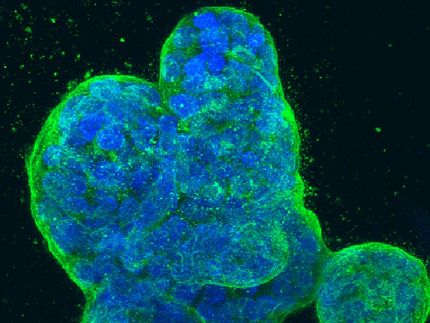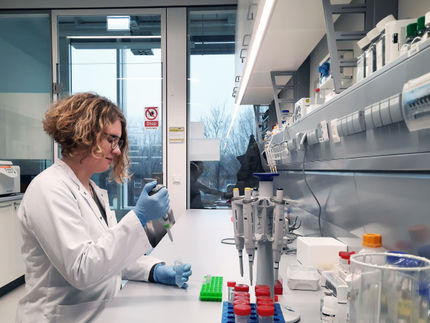Tamiflu-resistant influenza
Parsing the genome for the culprits
EPFL scientists have developed a tool that reveals the mutations that make influenza resistant to Tamiflu, and they have identified new mutations that may render ineffective one of the few treatments currently available on the market.
Tamiflu is one of the few available treatments for those who come down with the flu. But the virus quickly develops resistance; multiplying at a rate of several generations a day, these tiny pathogens rapidly accumulate genetic mutations. Because of this, they have a good chance of developing counterattacks to the antiviral. How can these infinitesimal variations be identified within the immensity of the virus' genetic code? EPFL researchers have created a computer tool that can shed light on the flu virus' formidable adaptability. They were able to find mutations that conferred resistance that had up to this point not yet been identified. Their software has been made freely available to researchers everywhere, and is the subject of an article published in the journal PLOS Genetics.
Widespread use of Tamiflu leads to resistance
In theory, Tamiflu should only be used by patients in fragile health. But during the 2008-2009 flu season, the drug was used for the first time on a very wide scale. Resistant strains of the virus appeared within just a few weeks. Fortunately, even though the mutation induced a resistance to Tamiflu, it also caused a reduction in the replication rate of the virus. Once the use of the antiviral was dialed back to a more reasonable level, the resistant strains lost their competitive advantage, and they disappeared, submerged by competitors that were sensitive to the drug but had a higher rate of replication.
Resistance always results from random mutations, says Jeffrey Jensen, co-author of the EPFL study. But when a mutation leads to a competitive advantage, for example the ability to resist against a source of aggression, it tends to be passed on to its descendants. "A priori, nothing distinguishes one mutation from another; they're all the result of chance. Our goal is precisely to be able to tell the difference between mutations that make the virus resistant to Tamiflu, thus leading to a selection phenomenon, and other mutations."
New resistant mutations are discovered
To begin, the team led by Jensen and his colleague Matthieu Foll cultured ordinary H1N1 virus in the laboratory. Certain groups were subjected to Tamiflu, others not. Every 48 hours – 13 generations – the biologists sequenced the virus' genome to reveal the genetic mutations that had occurred in the interval.
The more the genetic mutations of viruses exposed to Tamiflu tended to become prevalent with time, the higher the probability that they would confer resistance. With a complex statistics-based software tool, the researchers were able to pinpoint 12 sites on the viral genome that carried suspect variations. One of these was already known, but the rest had not yet been identified.
Weeding out the resistance-conferring mutations
Using their statistical software, the researchers were able to comb through the immensity of the viral genetic code and identify only the mutations that were suspected to cause resistance, with a certainty of more than 99% - making their software a powerful tool indeed.
And these newly discovered mutations are reason for concern: they could allow the virus to be resistant while maintaining an elevated reproductive capacity. Jensen thus doesn't exclude the possibility that pathogenic strains could appear that are both competitive and Tamiflu-resistant, if the mistake of 2008-2009 is repeated. For Foll, first author on the study, "the risk is real, and we need to investigate further."




















































